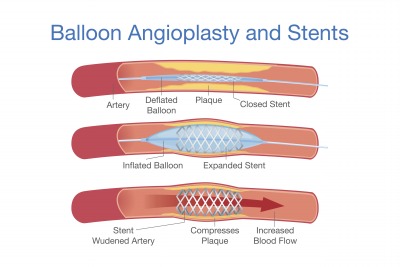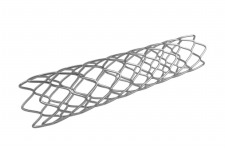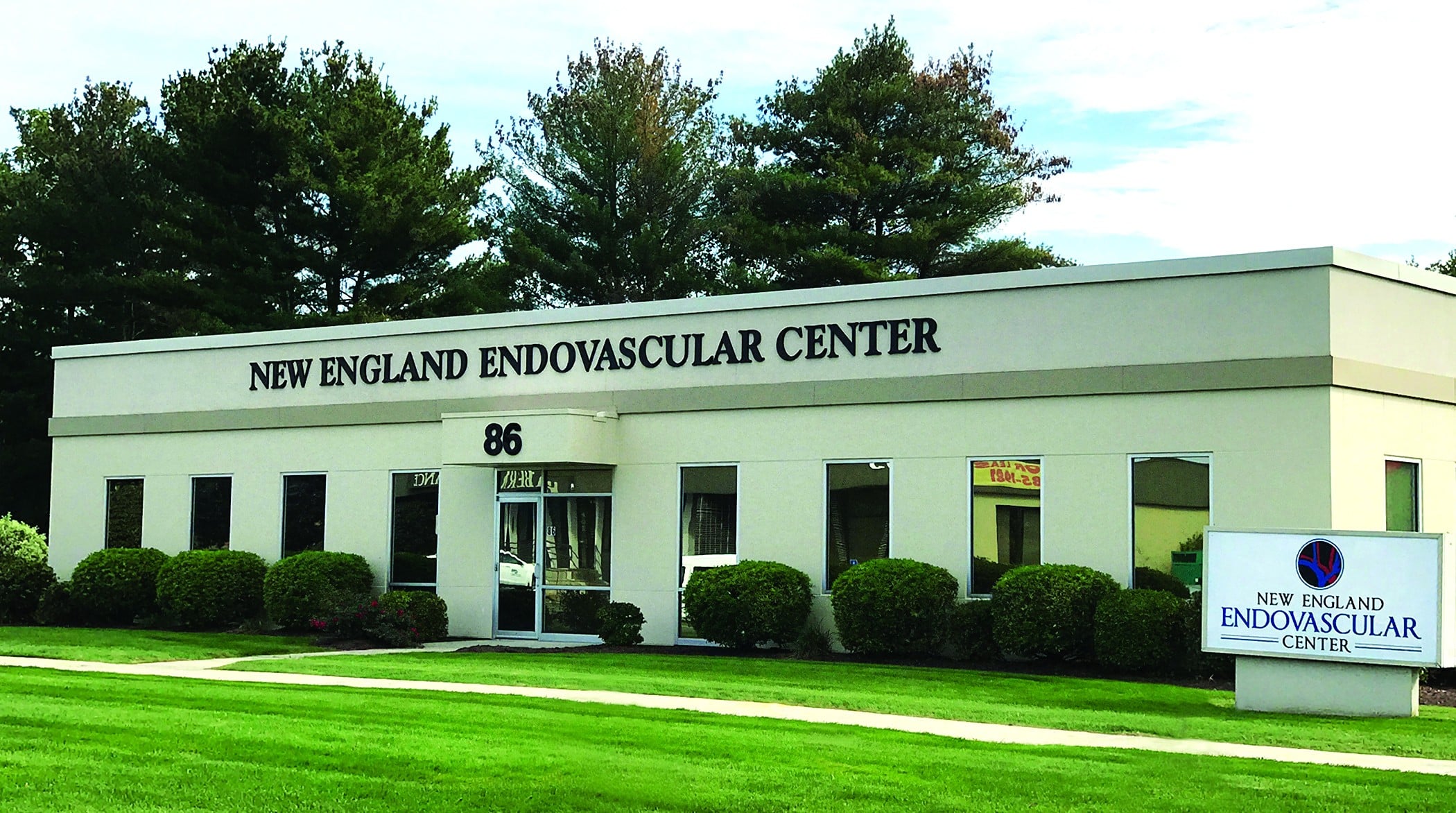WHAT IS PERIPHERAL ARTERIAL DISEASE (PAD)?
PAD is a circulatory issue. Narrowed arteries restrict blood flow to the limbs. This occurs more commonly in the lower legs. The limbs do not receive enough blood to keep up with the demands of day-to-day use, resulting in pain when walking. The condition can reduce blood flow to the heart and brain.
COMMON SYMPTOMS OF PAD:
- Pain in the buttocks, hips, thighs, calves, ankles or feet during walking (a condition called claudication)
- Pain in the leg, calves, ankles, or feet at rest
- Ulceration or gangrene involving the legs, most commonly in the foot/toes
- Nerve damage with pain, tingling, or numbness in the lower leg, ankle, and foot
- Weakness in the involved leg
- Coldness in the lower leg and foot
- Weak or absent pulses in the involved leg
- Color changes in the involved leg
- Erectile dysfunction in men
TREATMENT OF PAD
The treatment of PAD can reduce your symptoms, improve your quality of life, reduce your risk of a heart attack or stroke, and prevent worsening conditions. Left untreated, PAD can worsen and often become life-threatening.
Our treatment goal is to restore blood flow to your limbs by minimizing the narrowing of the arteries. We offer minimally-invasive treatment options called:
1) Angioplasty
2) Stent Placement
3) Atherectomy
ANGIOPLASTY
Angioplasty is a minimally invasive procedure that opens narrowed or blocked blood vessels supplying blood to your legs. Dr. Kahn will insert a balloon-tipped catheter (a thin hollow tube) into a blood vessel in your upper thigh area (called the groin). This is often referred to as a “pin-hole incision.” The catheter is positioned in the narrowed or blocked artery by using a continuous x-ray guidance.
When the catheter is in place, the balloon inflates for short amount of time. The plaque is compressed outward against the artery wall, widening the artery and restoring the blood flow. Next, the balloon is deflated and the catheter is removed from your body
When the catheter is in place, the balloon inflates for short amount of time. The plaque is compressed outward against the artery wall, widening the artery and restoring the blood flow. Next, the balloon is deflated and the catheter is removed from your body.

STENT PLACEMENT
Stents are commonly implanted during the balloon angioplasty procedure. A stent is a flexible, metal, mesh tube that expands to hold open the impacted artery. Stents provide internal structural support to better maintain proper circulation and will remain in the previously blocked vessel.
Local anesthesia or moderated sedation is administered at the beginning of the procedure to provide enough sedation to make the procedure as comfortable as possible. You will be awake the entire time! You can listen to your favorite music or catch up on your favorite TV series during the procedure.

ATHERECTOMY
Atherectomy uses a catheter and x-ray guidance, similar to the angioplasty and stent placement. Instead of inserting a balloon, however, the atherectomy catheter has a sharp blade at its end designed to remove and collect plaque from your blood vessel. The catheter is taken out of the vessel once sufficient plaque is removed. We offer state-of-the-art laser and orbital atherectomy catheters at our center.
WHAT ARE THE BENEFITS VS. RISKS OF ANGIOPLASTY, STENT PLACEMENT, AND ATHERECTOMY?
Angioplasty, stent placement, or atherectomy to treat PAD have many associated benefits, but during any procedure there are risks and major complications are uncommon.

BENEFITS:
- Local anesthesia or moderate sedation
- Procedures are performed in an outpatient setting, so you can go home that day
- The tiny pinhole incision does not require stitches
- Quick recovery time
- Superior outcomes, with marked reduction in pain and lower risks

RISKS
- Insertion site may bleed or become infected
- Artery may become blocked again (this is called restenosis)
- Adverse reaction to contrast material
ARE YOU A CANDIDATE FOR ANGIOPLASTY, STENT PLACEMENT, OR ATHERECTOMY?
Interventional PAD treatment becomes necessary when conservative therapy (such as medication, lifestyle changes, and supervised exercise) have failed and your PAD-related symptoms are negatively impacting your lifestyle (such as being unable to work). If you are a good candidate for angioplasty, stent placement, or atherectomy, then these minimally invasive procedures could help restore blood flow and allow you to get back to your normal, daily life!
WHAT SHOULD I EXPECT BEFORE MY PROCEDURE
First, you will meet with Dr. Kahn for a consultation to discuss your symptoms and medical history. Pending any further diagnostic tests, he will provide treatment recommendations. If an angioplasty, stent placement, or atherectomy is warranted, our friendly staff will help you schedule the procedure.
Dr. Kahn will need to know which medications you are taking — he will tell you which medications to take and which ones not to take on the day(s) leading up to the procedure.
Also, please tell Dr. Kahn if you:
- Cannot take aspirin
- Have any allergies
- Have a history of bleeding problems
- Are planning to have any other surgeries or dental work performed soon
Dr. Kahn may instruct you take aspirin and other medications for several days prior to your procedure. These medications will help prevent blood clots from forming during the procedure.
You may be asked to not eat nor drink anything for a period of time before your procedure. If your doctor wants you to take your regular medications, you may take them with a little water.
WHAT SHOULD I EXPECT ON MY PROCEDURE DAY?
After arriving and checking in with our front staff, our nurse will take you back to the prep/recovery room, and get everything set up for you in preparation for the procedure. A bedside locked cabinet and key are provided for your personal items.
An IV will be secured into your hand or forearm, allowing easy medication access for moderate sedation and pain control.
Later, our staff will safely transport you into the surgical room and prep you for the procedure. You’ll notice surgical drapes placed over much of the surrounding area. This keeps the surface area sterile and clean. In addition, the skin of your groin will be cleansed, in attempts to decrease chances of infection. A numbing medication will be injected into your skin in the right groin. Dr. Kahn will make a small, painless pinhole nick in your skin to create an opening for the catheter to go through your skin barrier. Continuous x-ray guidance is used to guide the catheter for proper positioning in the treated artery. While this procedure should not be painful, you may feel pressure. Procedure times can vary depending on patient anatomy and circumstances.
WHAT IS THE RECOVERY FROM ANGIOPLASTY, STENT PLACEMENT, AND ATHERECTOMY?
Immediately following your procedure, you will rest in our post-recovery area where our nurses will monitor your heart rhythm and blood pressure. Pressure may be applied to the pinhole incision site to stop further bleeding. This site might be bruised and sore, and you may need to lie in bed with your leg straight for several hours. In some cases, Dr. Kahn may use a device that seals the small pinhole in the artery, allowing you to move around more quickly. The catheter insertion site will be monitored for any changes in color, temperature, or sensation.
You can expect to stay at NEEC for approximately 4-6 hours following the procedure. Healthy snacks and drinks will be provided at this time. You’ll need to make arrangements to have someone drive you home once you have been discharged. Be sure to follow Dr. Kahn’s discharge instructions about taking your medications.
Once home, please be sure to rest and drink plenty of fluids. We suggest that you avoid heavy lifting and strenuous exercising for at least 24-48 hours.
We Can Help!
New England Endovascular Center offers expertise, state-of-the-art imaging, and resources for the diagnosis, treatment, and management of PAD. We customize each patient’s treatment plan to maximize the best possible outcome. We are committed to providing excellent, personal patient care.
Call our office today to schedule a consultation at 413-693-2852.

Our providers are nationally recognized experts in minimally invasive therapies for treating PAD.
We provide treatment for PAD for patients throughout Western, MA and Northern, CT.
To learn more about treatments available at New England Endovascular Center call 413-693-2852 to make an appointment.


